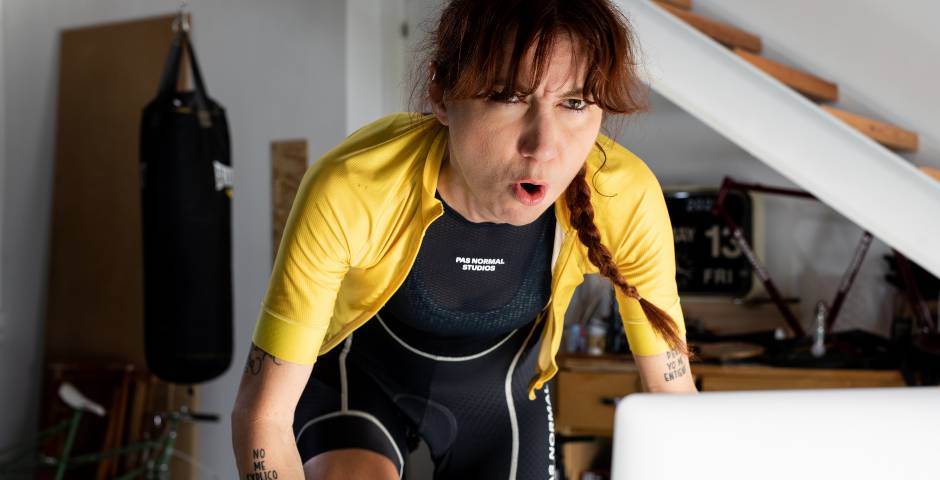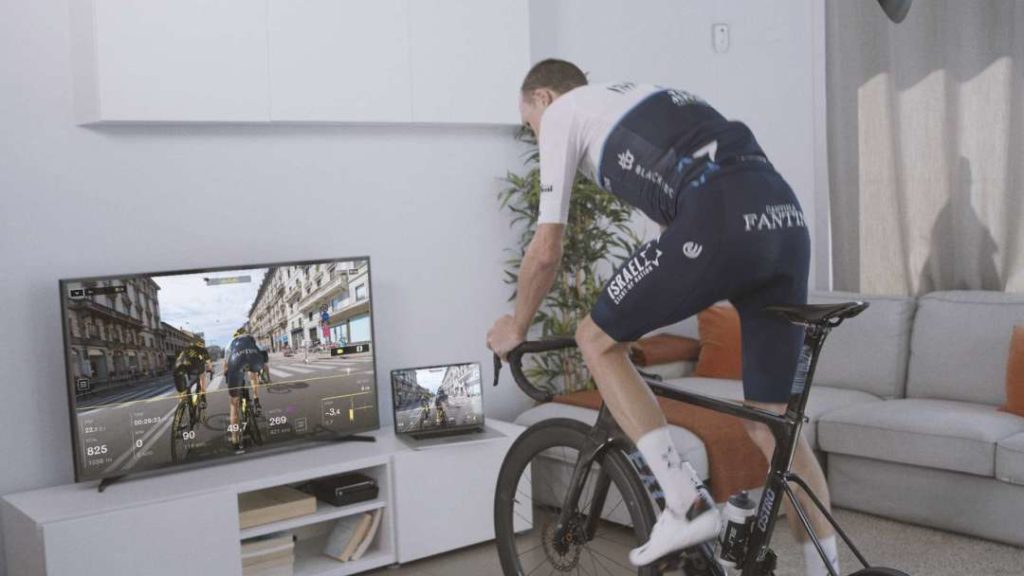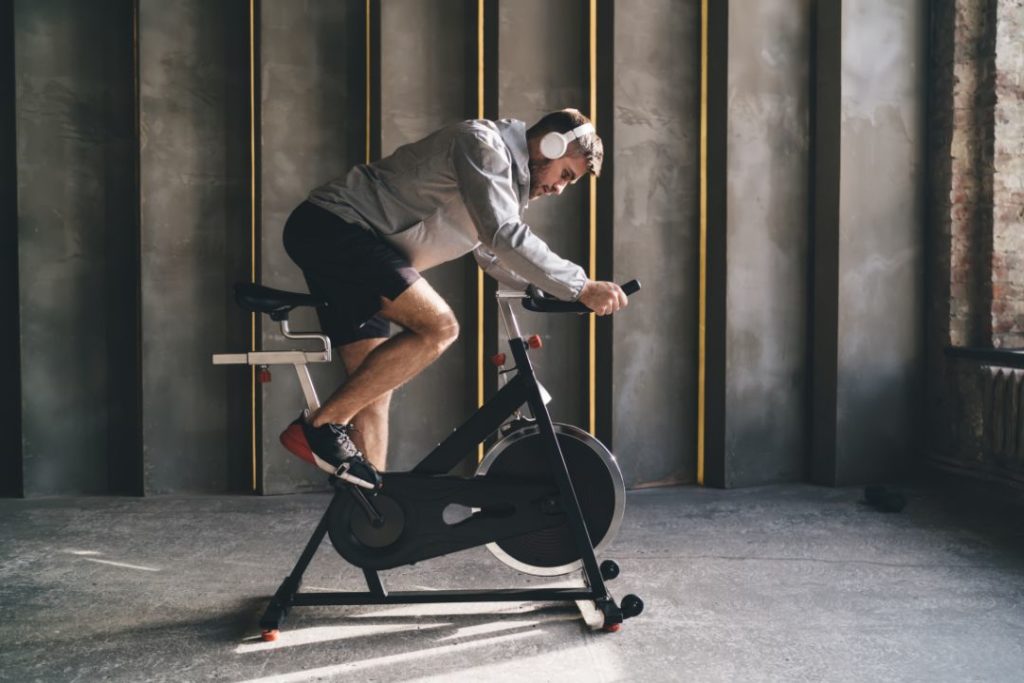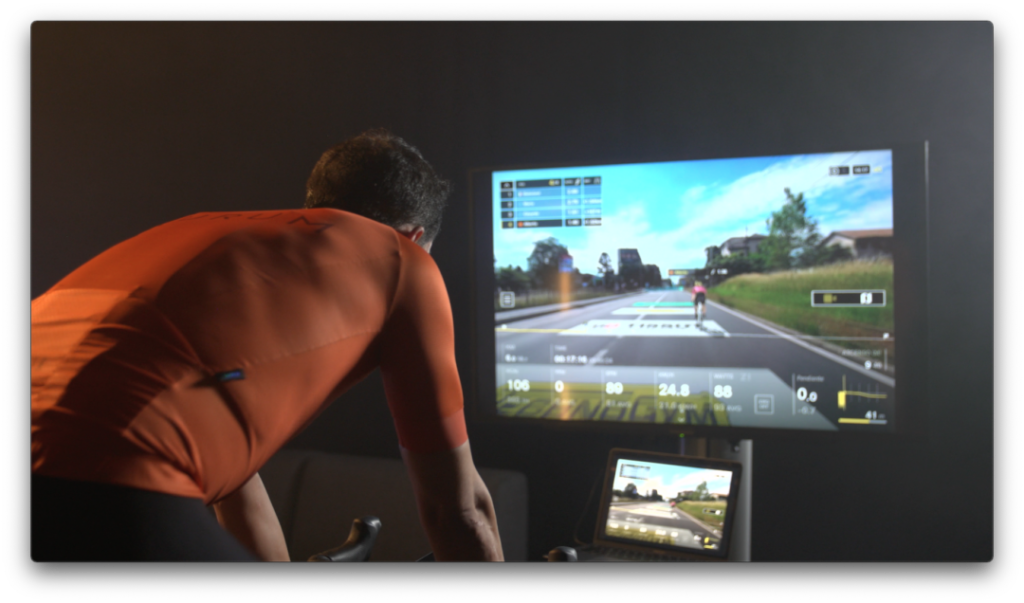I’m sure it’s happened to you too: you get on the trainer, get down to work with a workout that seemed easy, and end up sweating it out to get in the numbers you thought were easy. Or maybe you’ve tackled an FTP workout on the trainer and didn’t even make it.
Don’t worry, you’re not the only cyclist who has faced one of these tough situations. But why does this happen, is FTP on the trainer different, do you have to set two different thresholds for indoor and outdoor training? Well, we’re going to try to answer these questions and help you out with an explanation.
No, your FTP does not change on the Smart trainer.
We assume that if you’re reading this it’s because you know what FPT is, but if you don’t, you can catch up on this term that we’ve already talked about at Bkool.
Well, now you should know that FTP is determined by our metabolic and muscular capabilities. Its roots lie in physiology and it is not affected in the short term by factors external to our body.
That’s why you are just as fit riding on the road as you are in an indoor cycling session at home. Different circumstances do not change your threshold.
But one thing does, and that is your ability to express that threshold in your workouts.
Why are indoor workouts harder?
Now that you know that your FTP on the Smart trainer is no different than your FTP outdoors, let’s look at some of the factors that cause us to feel this way and what we can do to prevent them from compromising our motivation.
Lack of experience
As much as we may be on a bike pedaling, doing it on a Smart trainer is something totally different. In an indoor workout our position is much more limited and locked in, we don’t have dead times in the pedaling, the resistance is distributed uniformly and there are no variations in the terrain. It is completely different.
The easiest way to cope with all these limitations is to become an expert cyclist: the more hours you spend on your trainer, the more practice you will get and the more comfortable your indoor sessions will be.
Motivation
For many cyclists, training on a Smart trainer is boring. You have no company, the training can be monotonous, there’s no scenery, no Strava segments to motivate you. The best option to attack this handicap is a cycling simulator like Bkool and its competitions. Here you will find cyclists from all over the world with whom you can measure your efforts in realistic scenarios and take your motivation on the turbo trainer to another level.
Cooling
Have you ever seen a cyclist with a fan in front of him? There’s an explanation: cooling is the biggest physical constraint to indoor cycling performance.
When we cycle outside, the constant movement helps sweat evaporate quickly thanks to the flow of air over the body. Many of us are not aware, but three-quarters of the energy our muscles consume is converted into heat. When this heat is retained, our performance drops precipitously.
Using a fan for your indoor workouts is a key part of avoiding these situations. Be especially concerned about your legs and torso, they are the areas that most need to escape from the heat.
Hydration
If our sweating increases outdoors, so should our hydration. Many cyclists forget to drink when training indoors, and as little as 2% dehydration is enough for performance to begin to suffer.
Furthermore, if this happens, it further limits the ability to regulate heat, making the situation worse. Considering that evaporative cooling is less effective indoors and the body sweats more, the risk of dehydration increases.
Don’t forget to drink plenty, it is essential to cope with your cycling sessions. Don’t forget to eat: the energy expenditure is similar to an outdoor ride and you need to take care of your nutrition.
BKOOL is the most complete cycling simulator on the market, try it FREE for 7 days!
 Go to BKOOL
Go to BKOOL





